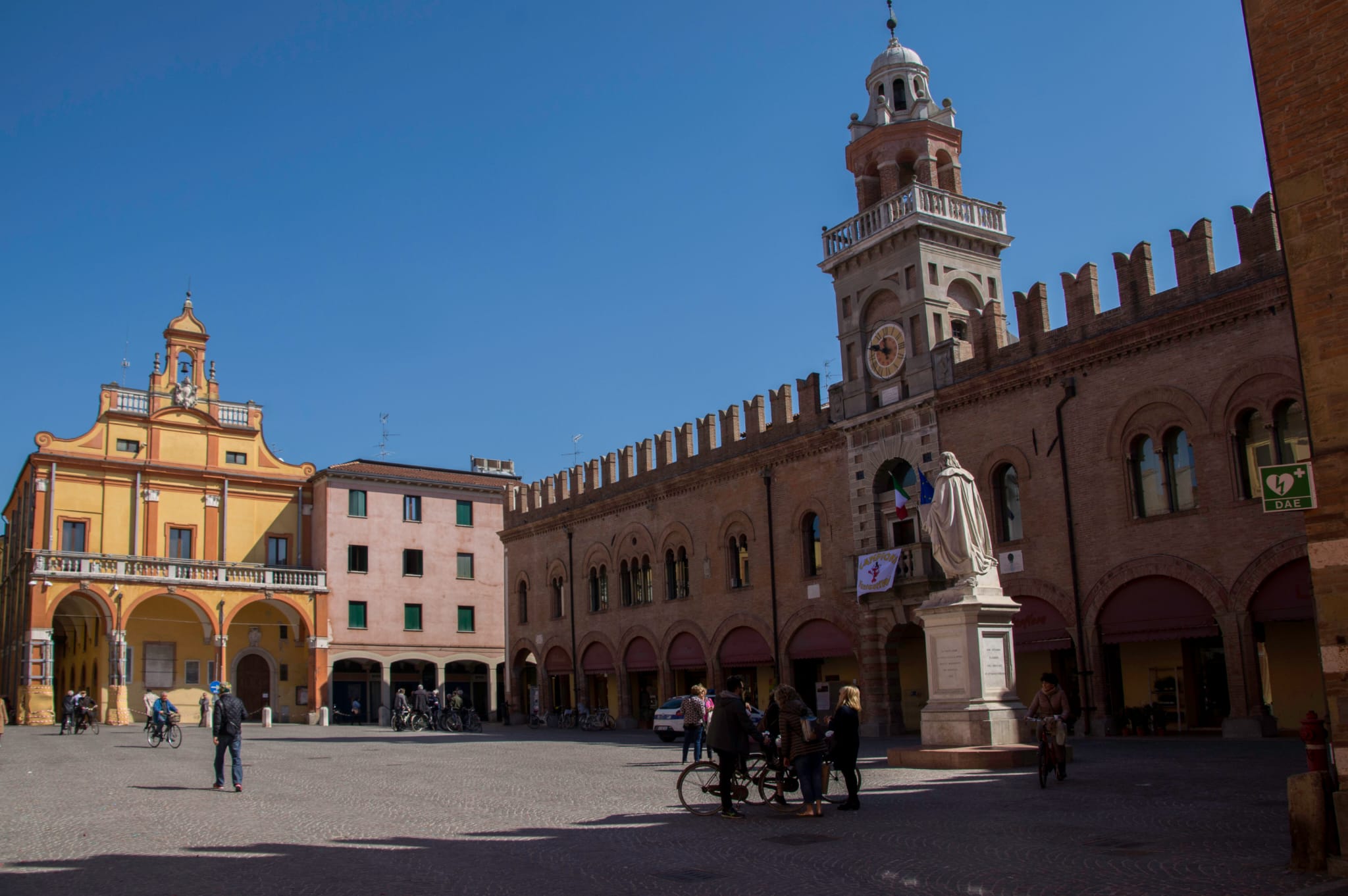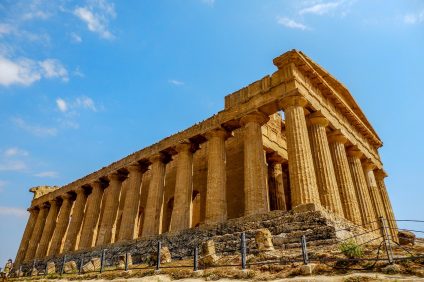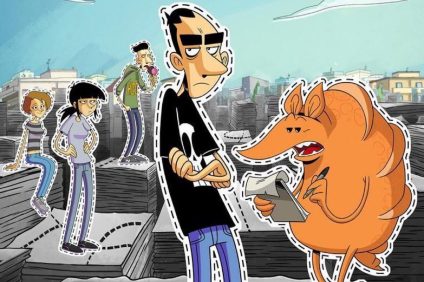When we talk about Cento, two things come to mind: its historical Carnival and the fact of being the birthplace of Guercino, one of the most important painters of the Italian Seicento. A city rich in art and history, Cento is located in the province of Ferrara and has played a central role in the culture and economy of the past. In fact, it is considered a small capital of art, cuisine and economy, all to be discovered. So let’s get to know a little more about this Emilian location on the border between Ferrara, Modena and Bologna.
Cento, a little history of the city
Cento was once united with Pieve di Cento. It was only in 1376 that, by decree of Prince Bernardo de Bonnevalle, bishop of Bologna, it was separated and from that moment recognized with the status of “autonomous city”. Then it was sold in 1502 by Pope Alexander VI as a dowry to Lucrezia Borgia, on the occasion of her wedding with Duke Alfonso of the Estense family. At the end of the sixteenth century, however, it returned to the Papal States.

Ph: Rosy Caporale 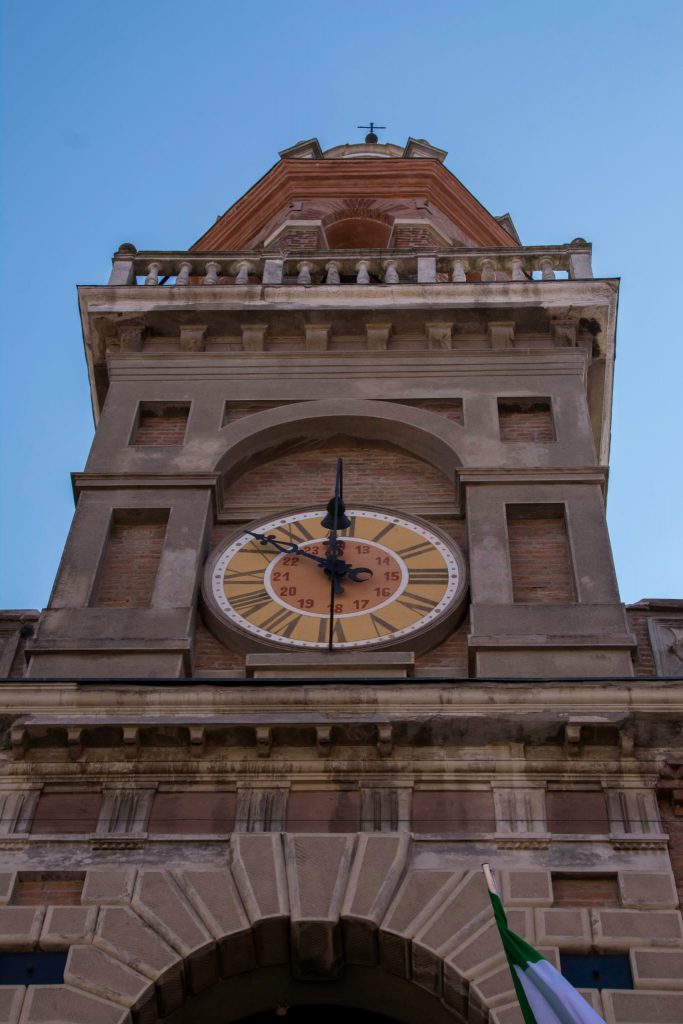
Ph: Rosy Caporale
But, to tell the truth, it was a natural fact to separate the two cities: the breaking of the Rhine river, which occurred in 1648. A natural event so devastating that the river bed divided the two towns in half.
In the seventeenth century it was at the center of wars, epidemics and food shortages like many Italian cities. Exhausted by the plague of 1630, its inhabitants decided to celebrate the carnival with a symbolic carousel. And this episode linked to its history marks the birth of this historic event.
Curiosities about Cento
There is an episode that made it famous: the temporary loss of its works of art. At the beginning of the nineteenth century the city was part of the Napoleonic kingdom. Many of its works were stolen and brought to France. Only returned in 1815 when Cento returned to the Papal state. Many works, however, did not return, among them there would be Guercino’s “San Francesco d’Assisi”, which is now in the Louvre museum, “La Gloria del Paradiso” also by Guercino, today at the Musée de Toulouse and other works.
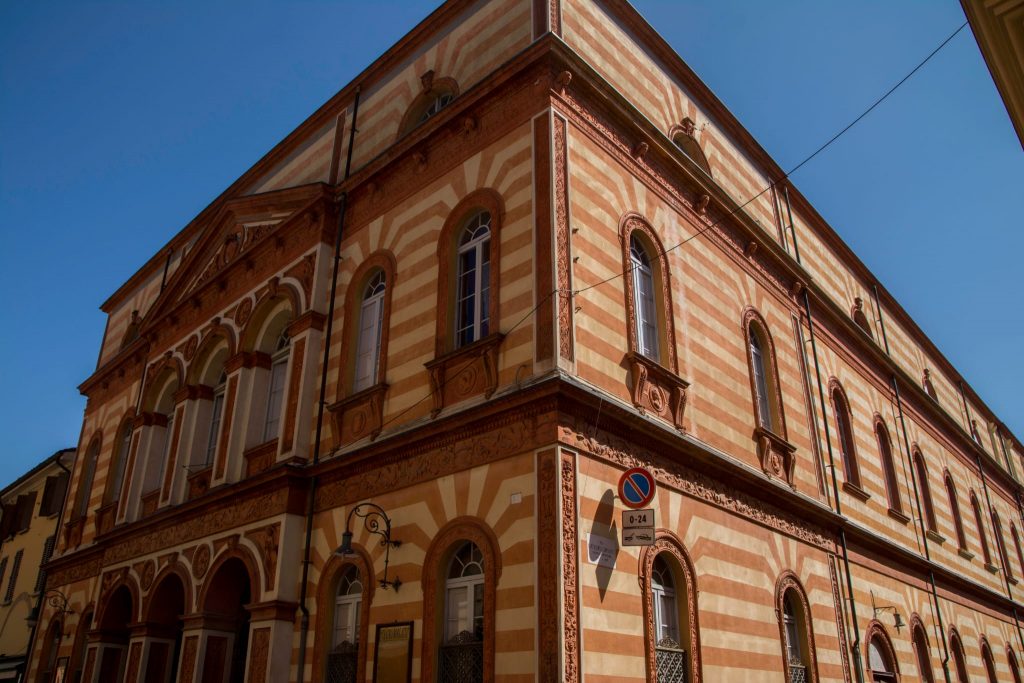
The “Blessing Madonna and Child” from 1628, in the Civic Art Gallery, which is located next to the church of San Biagio, is one of the works by Guercino that remain and can still be admired.
A city rich in monuments
The art treasures and monuments of Cento are found above all in its historic center, which has long arcades typical of many cities in Emilia Romagna. Among the significant places, the 14th century fortress, the defensive structure built at the end of the 14th century by the will of the bishop of Bologna, which later became a prison. The Municipal Theater is also noteworthy, with its façade characterized by orange and yellow polychrome band decoration and a rich terracotta ornamentation.
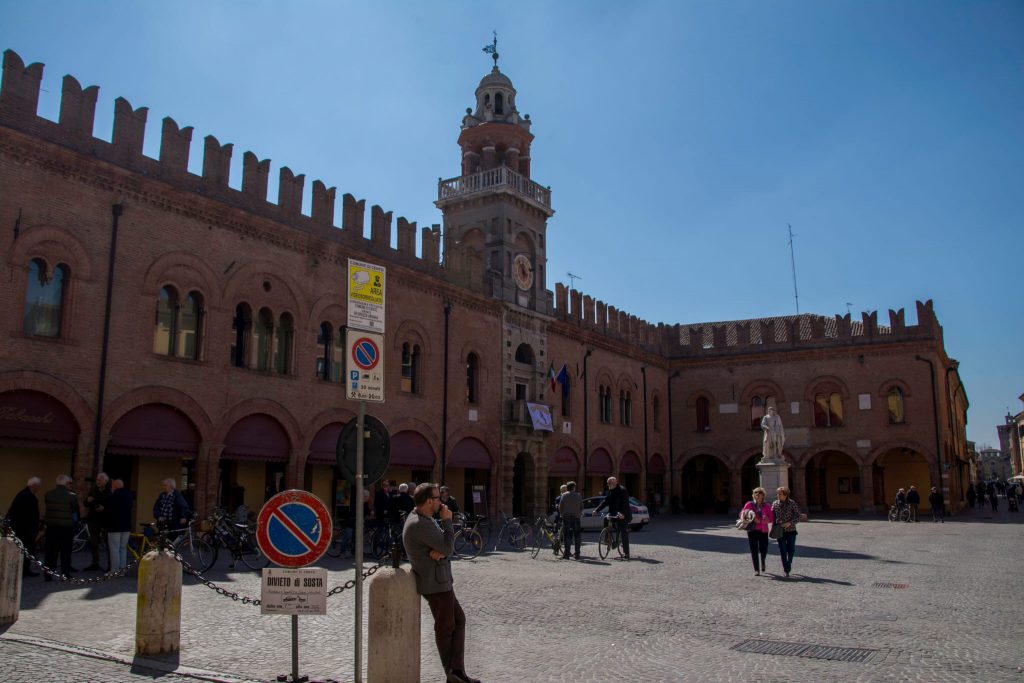
And then Guercino Suqare with the Palazzo Comunale and the Palazzo del Governatore wanted by the Estense family, on the occasion of the marriage between Alfonso I d’Este and Lucrezia Borgia. And also the Church of the Rosary, Guercino’s place of election, who designed the facade.
The earthquake in Emilia and the damaged monuments
That terrible earthquake that hit Emilia in May 2012 caused a lot of damage to some monuments. The church of San Martino di Tours in Buonacompra di Cento collapsed, and many were damaged and closed to the public.
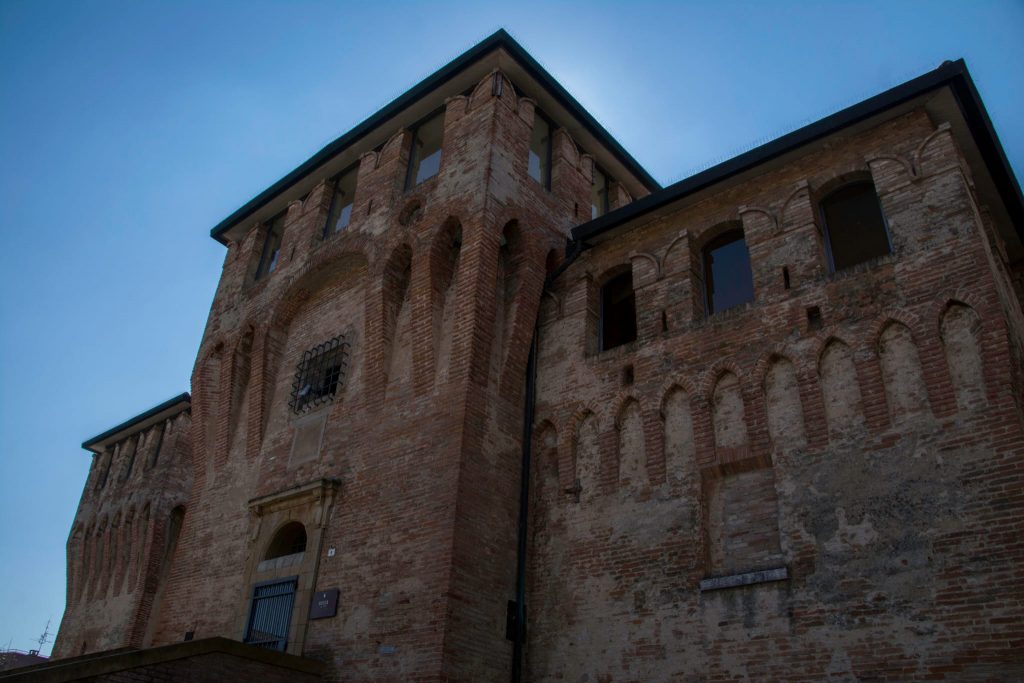
They await a radical restoration intervention and their return to the use of the public. For a period, many works of art were also moved and kept in closed places, just to preserve them from possible calamities.
The Carnival of Cento
We want to close by talking about the Carnival of Cento which is one of the most important and well-known events.

It is an emblem of Italianness in the world, for its parades, its wagons that cross the historic center accompanied by music. And then the launch of inflatables and stuffed animals from each cart. The last parade ends with the traditional burning of the local mask “Tasi” accompanied by fireworks. There are many reasons to visit this city, rich in history, art and magic.

